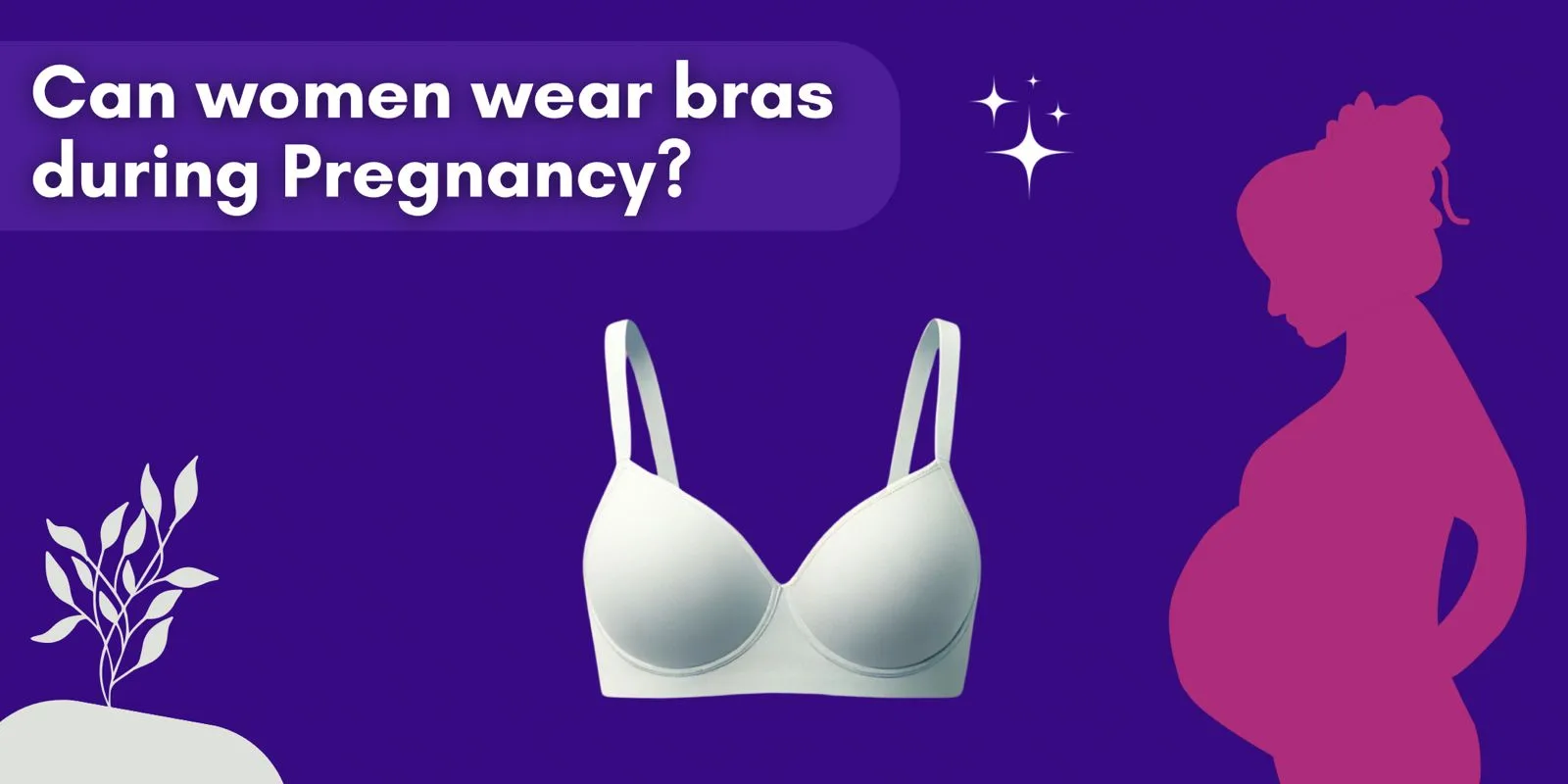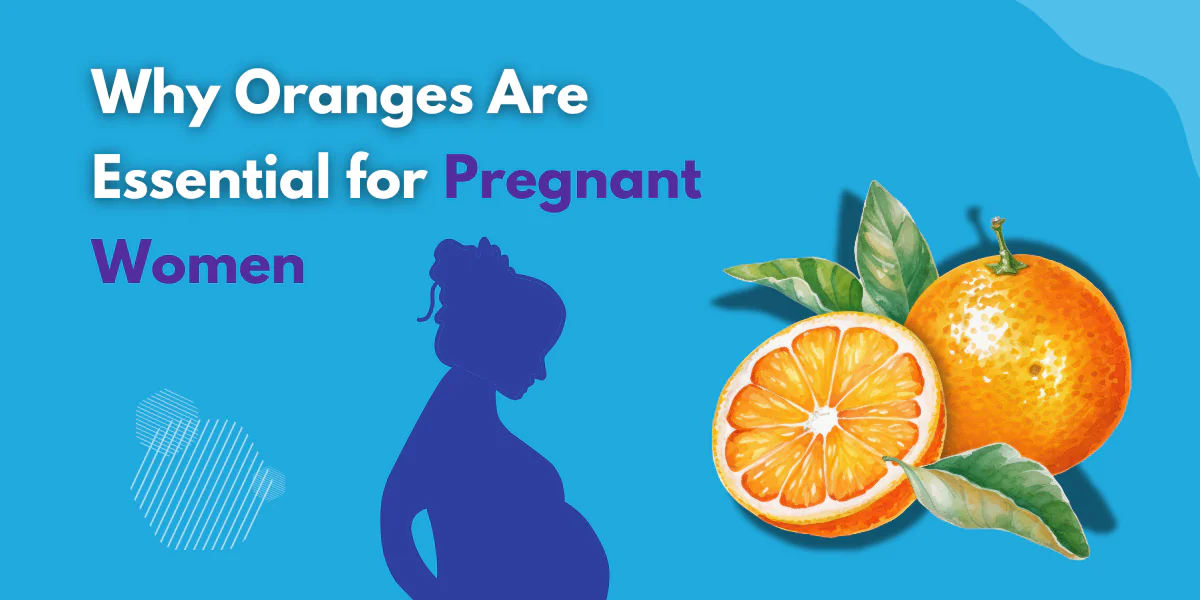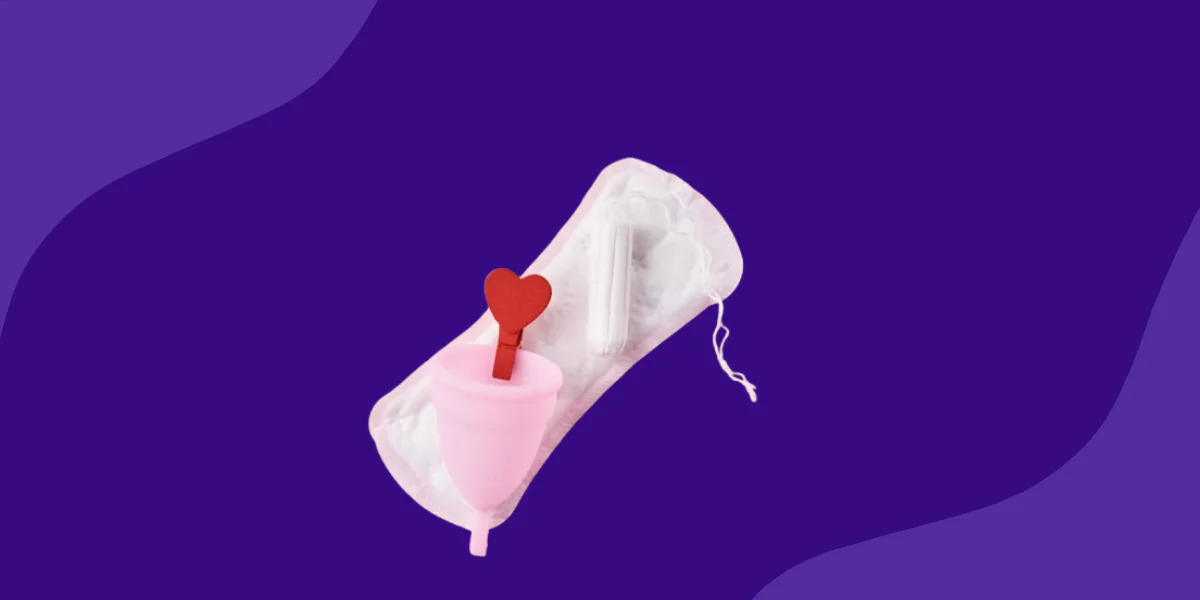Is it Safe to Wear a Bra During Pregnancy?
Pregnancy brings numerous changes to a woman’s body, especially around the breasts, which can become more sensitive, larger, and tender. As a result, many women wonder, can pregnant women wear bras safely? The answer is yes. Wearing a properly fitted bra can provide much-needed support and comfort. According to healthcare experts, the right bra can help alleviate discomfort and prevent sagging by supporting the growing breast tissue during pregnancy.
Understanding the Bodily Changes During Pregnancy
During pregnancy, hormonal changes lead to increased blood flow and changes in breast tissue, often causing the breasts to swell and become tender. This change can happen as early as the first trimester. Wearing a supportive bra helps accommodate these changes and reduces the strain on your back and shoulders, promoting better posture.
Is it Safe to Wear Underwire Bras? Expert Opinion
While underwire bras can provide more structure, they may not be the best option during pregnancy. The rigid underwire can press against the breast tissue, potentially leading to blocked milk ducts or irritation. According to experts, soft cup bras or non-underwire bras are safer alternatives that offer flexibility and comfort without putting unnecessary pressure on sensitive areas.
Related: Does Consuming Cumin Increase Breast Milk Production?
What Kind of Bra Should You Wear During Pregnancy?
Choosing the right type of bra during pregnancy is crucial for comfort and support. Here are some options to consider:
Maternity Bras: A Comfortable and Safe Choice
Maternity bras are specially designed to provide extra support and adjust to your growing bust size. They often have wider straps, multiple hooks, and more fabric around the cups, making them an excellent choice during pregnancy. Maternity bras are ideal for providing the support needed as breast size fluctuates.
Importance of Non-Underwire Bras
Non-underwire bras, including soft-cup bras, are a popular choice among pregnant women. They are more flexible and can expand with changes in breast size, reducing discomfort. These bras avoid the risk of underwire digging into the skin or compressing delicate breast tissue.
Options Like Sports Bras and Nursing Bras
Sports bras and nursing bras can also be practical choices during pregnancy. Sports bras provide excellent support and minimize movement, which is particularly useful during light exercise or daily activities. Nursing bras, which come with easy-to-open flaps, can be a good investment for later stages of pregnancy and postpartum breastfeeding.
How to Choose the Right Bra?
Selecting the right bra during pregnancy requires consideration of several factors:
The Importance of the Correct Size
One of the most common mistakes is continuing to wear the same bra size throughout pregnancy. As breast size changes, you should get refitted to ensure you’re wearing the correct size. A well-fitted bra should provide a snug band that doesn’t ride up your back, and cups that fully cover your breasts without causing spillage.
Benefits of a Supportive Bra
Wearing a supportive bra helps reduce strain on your shoulders and back, especially as your breasts grow heavier. Proper support can also help alleviate back pain, which is a common complaint during pregnancy.
When Should You Change Your Bra? Signs and Symptoms
It’s time to change your bra if you experience discomfort, spillage, or if the straps dig into your shoulders. Some signs include red marks from the band or straps, or if your breasts are bulging out of the cups. Regular adjustments and fittings can ensure optimal comfort throughout your pregnancy.
FAQ :
Should You Wear a Bra at Night?
Whether to wear a bra at night during pregnancy is a personal choice. Some women find it more comfortable to wear a light, supportive sleep bra, especially if their breasts are tender or if they experience leakage. Sleep bras are typically made of soft, breathable fabric, ensuring comfort without restricting blood flow.
What Are the Disadvantages of Not Wearing a Bra?
Choosing not to wear a bra during pregnancy can lead to increased discomfort, especially with larger breasts. Without adequate support, breasts may become more prone to sagging due to the stretching of ligaments. This could result in back pain and a feeling of heaviness. A well-fitted bra can prevent these issues and improve comfort.
What Is the Best Option for Breast Pain and Tenderness?
For managing breast pain and tenderness during pregnancy, opt for bras with soft, breathable fabric, such as cotton. Maternity bras with cushioned straps and wider bands can offer additional comfort. Non-underwire options, like nursing or sports bras, can be particularly helpful in reducing pressure on sensitive areas.
Read also: Why Does One Breast Hurt? Know 5 Common Causes Explained
Medical Disclaimer: This article is for informational purposes only and is not a substitute for professional medical advice. Always consult with a healthcare provider for personalized recommendations.




















